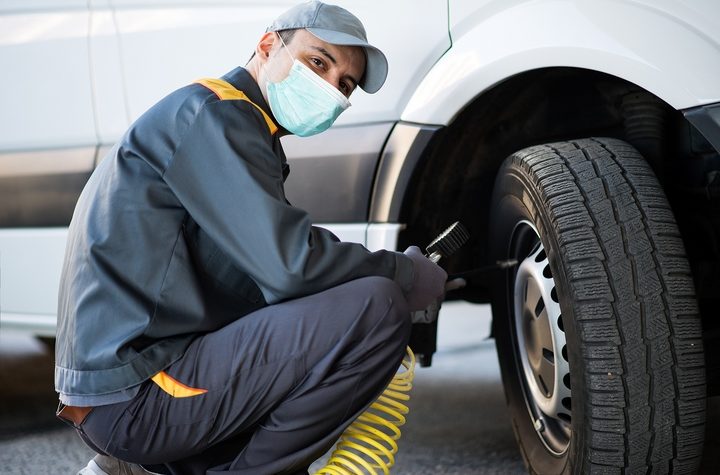Whether you’re looking to buy a used car or you recently moved to a new city, you must get a car inspection report for your vehicles. Depending on your province, you’re required to renew your inspection certificate after an expiration period. However, different provinces have specific safety rules. For instance, in Ontario, you must get a safety certificate for purchases and even ownership transfers to the same family.
Why should you get your car inspected? The government mandates routine inspections to ensure only vehicles in decent conditions stay on the road. Getting your car inspected helps you identify critical areas of repair that could cause accidents.
Failing a safety check means you’ll have to pay for repairs and another round of inspections. This can put a dent in your pocket because car repairs don’t come cheap. To prevent this from happening, consider inspecting your vehicle and fixing necessary repairs before paying for the safety report.
Here are eight steps on how to get a car inspected:
1. Keep Car Records Intact
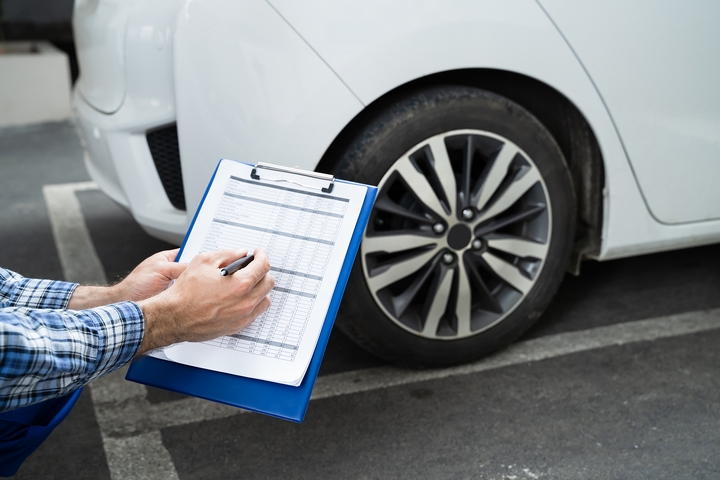
If you’re buying a used car, compile a list of relevant documents before the inspection. The model, identification number, and license plate should match the details on the original registration records.
If possible, secure older vehicle service reports to you determine which defects to expect. Unserviced cars typically fail service inspections. Finally, hire a professional mechanic to inspect the vehicle before securing a safety report.
2. Look Out for Leaking Exhaust Pipes
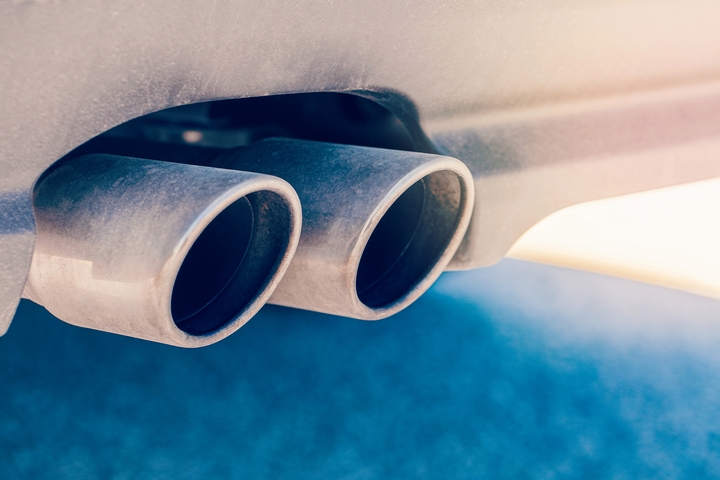
The exhaust pipes should always be a priority when you get a car inspected. Leaking exhaust pipes is dangerous and can spread carbon monoxide fumes into the passenger compartment. Carbon monoxide is a poisonous gas that inhibits oxygen supply and causes death. Cracks in the exhaust pipes also hinder the engine’s capacity to transmit power to the wheels.
A pea-sized leak in your exhaust is all it takes to get a negative score on your safety report. With a failed inspection, Ontario safety laws require you to fix these leaks in 10 days.
3. Check Car Tire Performance
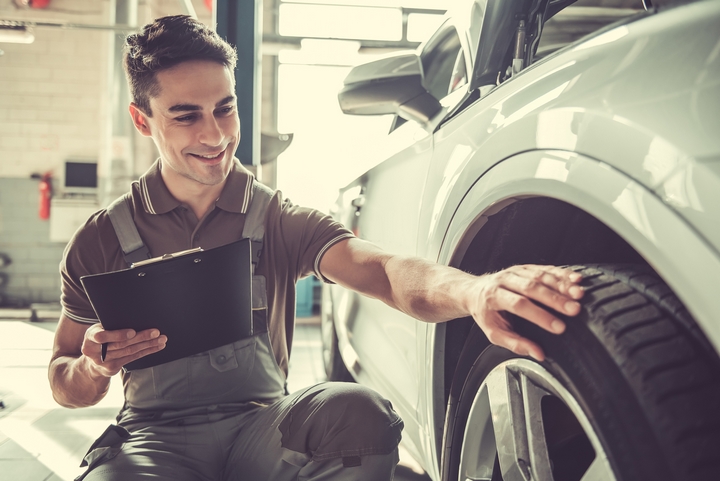
The older the tires, the more likely you are to fail inspection requirements. Before your appointment, inspect the indicator bars on your tires. If your tires don’t have adequate tread, consider changing them for newer ones before your inspection appointment.
A popular way of measuring the tread at home is by inserting a coin between the tracks. If you can see the head of the coin figure, your tire performance should secure a positive inspection outcome. Look out for cracks and rotting in the treads as well. Inspect the wheels for signs of corrosion and replace them if damaged.
4. Inspect Car Brake Conditions
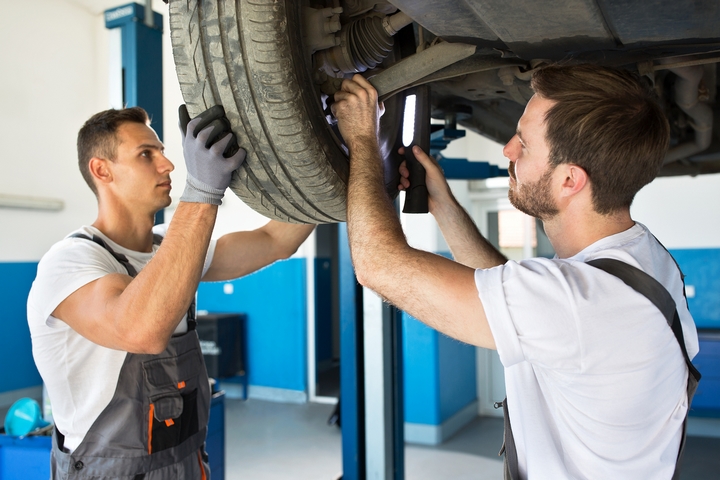
With brakes performing essential functions in driving, brake failure is a leading cause of auto accidents. A well-functioning brake system enables you to make driving decisions efficiently. Therefore, many technicians look out for brake performance during inspections. Many failed car inspections happen because of poor brake conditions.
Ensure the brake pad linings stay in place. The brake pedals should also be firm and not sink to the floor. Look out for cracks and signs of wear and tear. Keep the emergency brakes in optimum condition as well.
5. Inspect Headlights & Taillight Functions
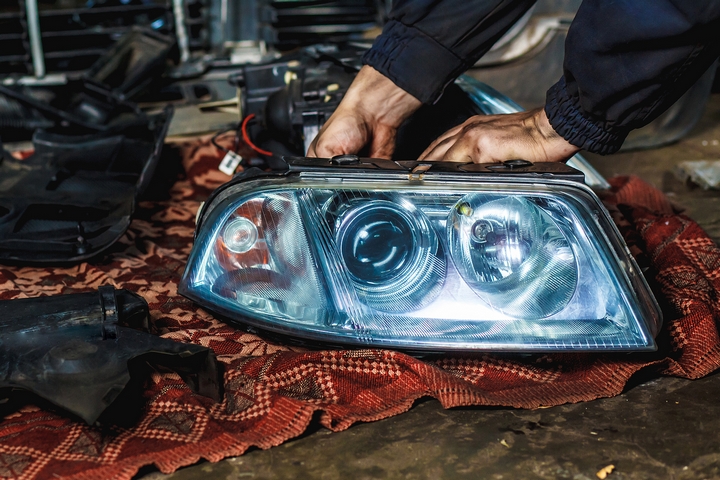
Headlights and taillights help drivers navigate driving at night and during extreme weather. Cars must have working lights to ensure visible driving on the road. Ensure all lights are functioning before the inspection. Replace broken lights to avoid repeating your car inspection.
Apart from lighting systems, car inspectors also look out for high beams, flashers, turn signals, and brake lights. These secondary signals also prevent car accidents since they notify other drivers and maintain traffic visibility.
6. Check Steering & Alignment
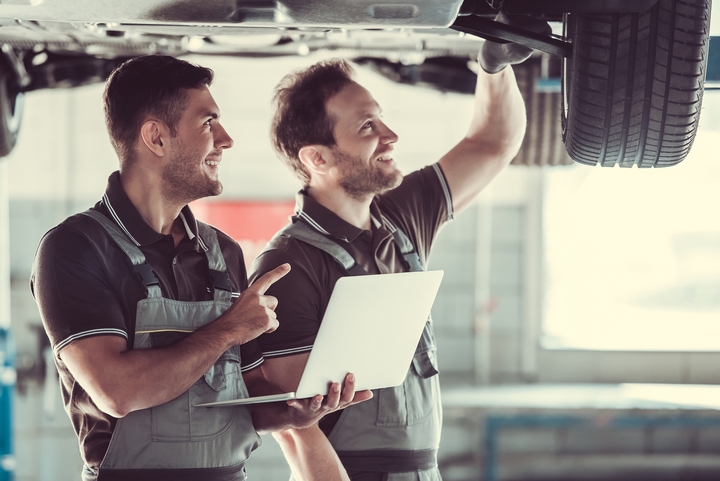
All car systems experience wear and tear regardless of the driving conditions. This can affect the vehicle alignment and steering control after a while. Beyond inspection, your car alignment and steering both require routine maintenance to ensure your car keeps optimum performance.
When the steering no longer aligns straight, and you feel the wheels sway slightly while in motion, get an auto mechanic to repair the alignment before taking your vehicle for inspection.
7. Inspect Car Fuel System
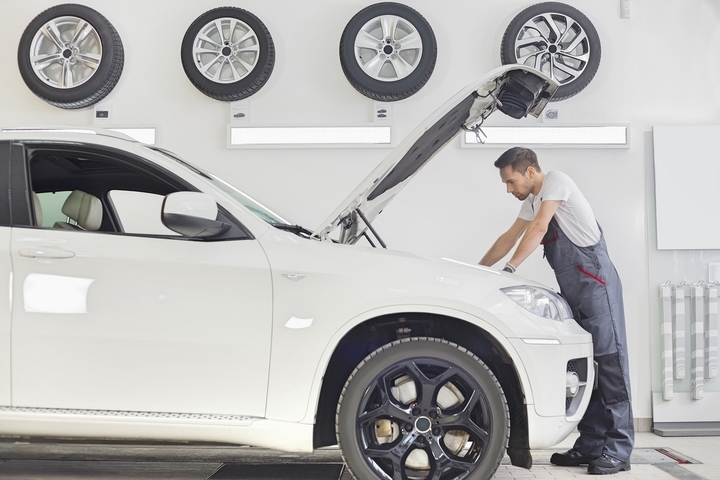
Fuel leaks are dangerous since they cause explosions in the worst-case scenario. Fuel leaks can put you, your passengers, and even other drivers in danger, if unaddressed. If you smell gas in your car, you probably need to fix a leak in the fuel system.
Beyond looking out for leaks, car inspectors also require the fuel system to stay in place to secure a positive safety inspection outcome.
8. Check Car Windshield & Windows
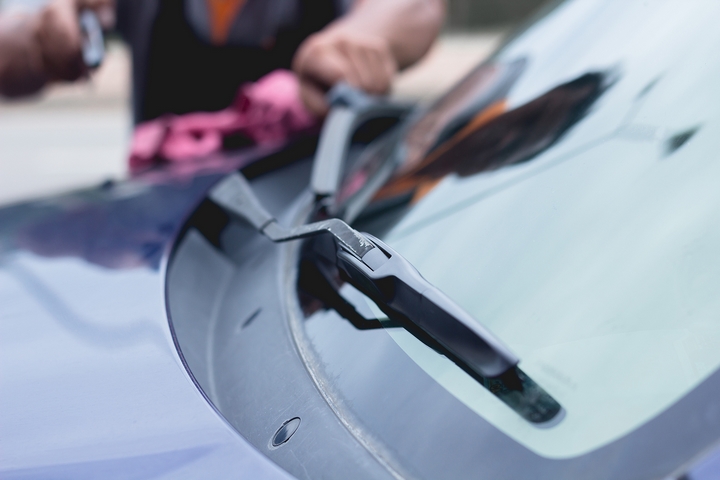
While many drivers overlook cracked windscreens and windows, vehicle inspectors write off cars as unsafe for the road for these reasons. Your windscreen should have little to no cracks and enable high visibility while driving. Ensure all mirrors work well since they help you see the road and other drivers.
Although most inspectors don’t inspect mirrors, they classify loose seals and wipers as safety hazards.

